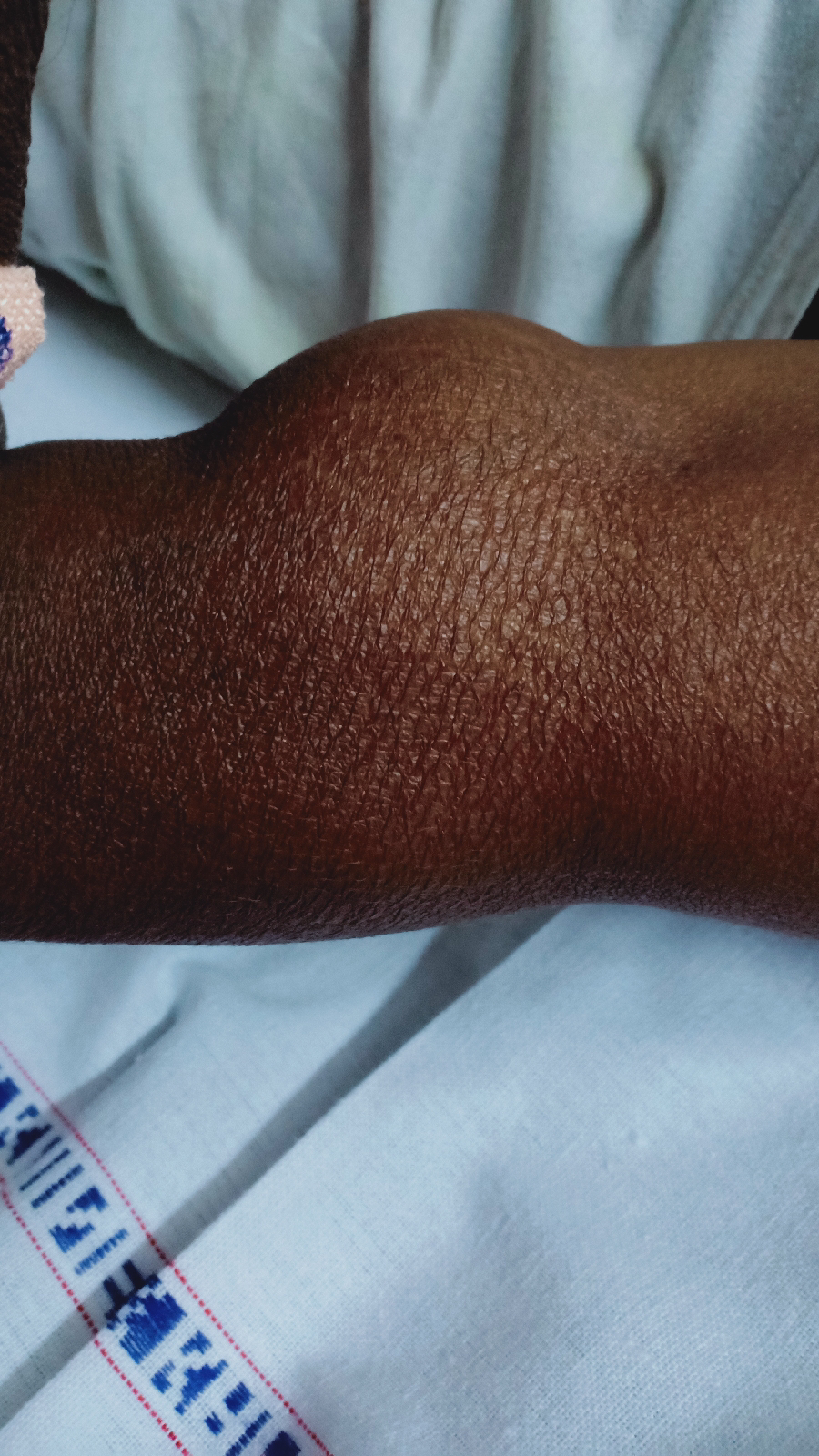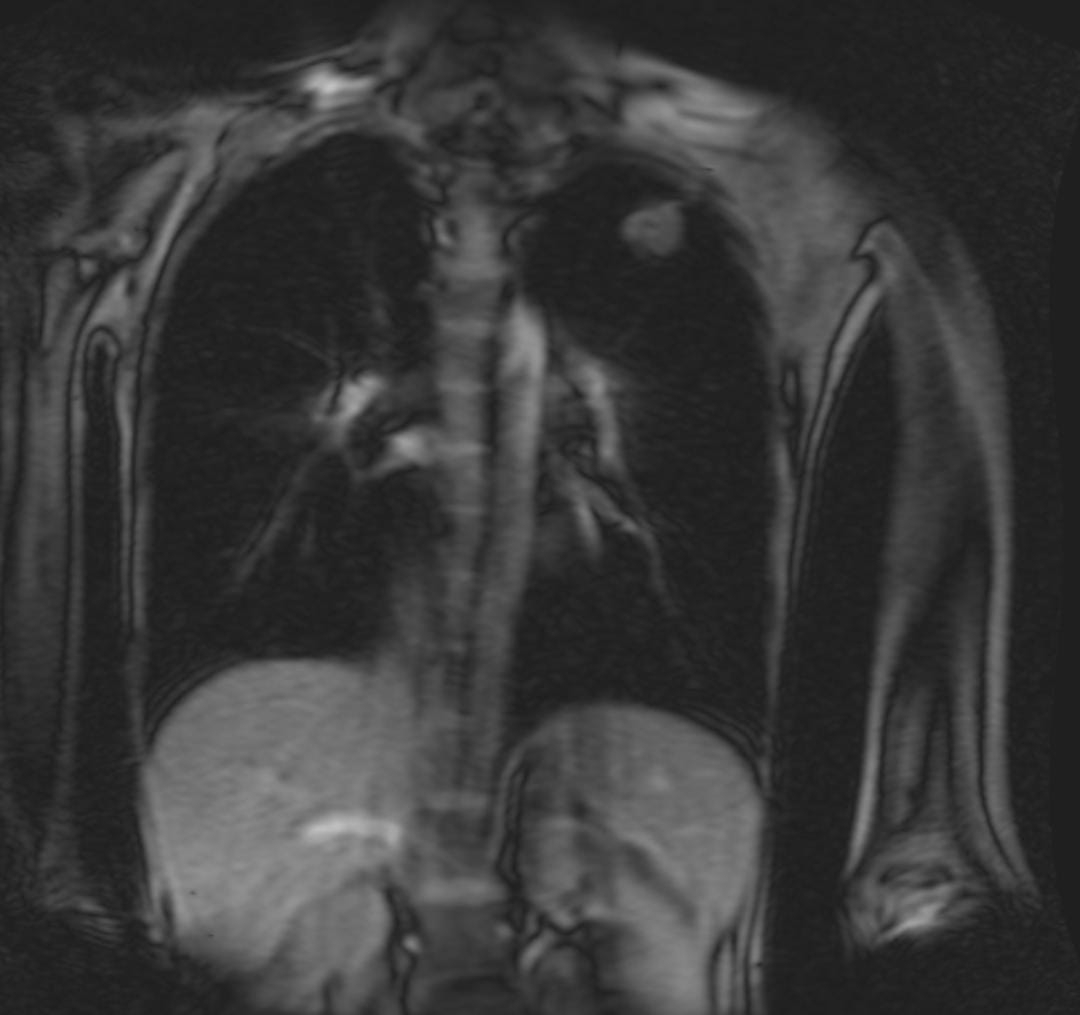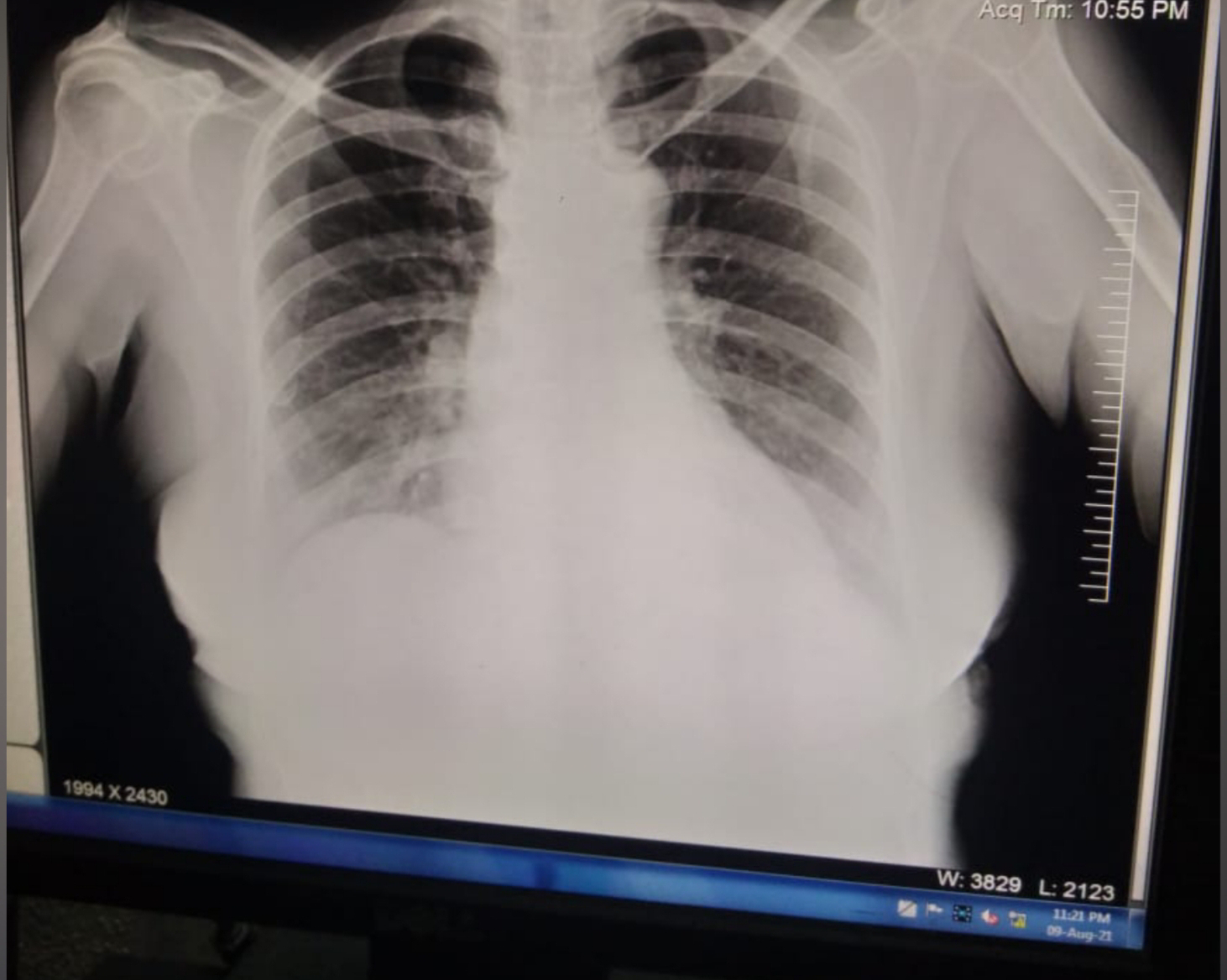A 18 year old male patient with bilateral lower limb weakness.
I've been given this case to solve in an attempt to understand the topic of "patient clinical data analysis" to develop my competency in reading and comprehending clinical data including history,clinical findings,investigations and come up with a diagnosis and treatment plan.
You can find the real patient clinical problem in this link here:https://hitesh116.blogspot.com/2020/05/elog-13th-may-2020.html?m=1
The following are my reviews regarding the case:
The order of priority of problems:
1.Difficulty in walking since 1 month.
2.Bilateral lower limb weakness since 1 month
3.Pain in the lower limb calf muscles since 1 month
4.Fever
He had history of 1. Difficulty in standing from the sitting position
2.difficulty in climbing the stairs.
3.difficulty in holding the chappals
4.h/o wasting and thinning of the muscles.
He has no h/o difficuilt in getting up from lying position,no h/o trauma,no h/o of tingling and numbness
personal history:
mixed diet with normal appetite and normal bowel/bladder movements
h/o alcohol since 2y weekly twice.
No h/o smoking
no significant family history.
General examination:
Moderately built;poorly nourished
afebrile
Pallor present
Icterus negative
No cyanosis,clubbing,lymphademopathy,Edema.
no short neck
no scars;no h/o tropic ulcers
no neurocutaneous markers
Bp 100/60 mmhg
Pr 80 bpm
Cvs s1 s2 hears no murmurs
Rs bae + nvbs hears
P/a soft ,nontender
Cns HMF- patient conscious
oriented to place/time/person
no h/o aphsia/dysarthria
no h/o dysphonia
no h/o memory loss
no h/o emotional lability
Mini Mental Score Exam -30
cranial nerves- intact
MOTOR SYSTEM
Right. Left
Bulk: inspection decreased. decreased
palpation. decreased. decreased
Measurements U/l 28.5cm. 28.5cm
L/L 37 cm 37 cm
Tone: UL normal Normal
LL. hypotonia . hypotonia
Right Left
Power UL. 5/5. 5/5
iliopsoas 3/5. 3/5
adductor femoris 4/5. 4/5
gluteus medius 3/5. 3/5
gluteus maximus 3/5. 3/5
hamstrings 3/5. 3/5
quadriceps femoris 3/5. 3/5
tibialis anterior. 3/5. 3/5
tibialis posterior . 3/5. 3/5
peroneii. 3/5. 3/5
gastronemius. 4/5. 4/5
extensor -
digitorum longus. 3/5. 3/5
flexor digitorum longus 3/5. 3/5
It shows that the power of lower limb muscles is decreased.
Superficial reflexes
Right. Left
Corneal. P P
Conjunctival P. P
Abdominal . + +
Plantar mute mute
cremasteric. + +
Deep tendon reflexes
Right. Left
Biceps. P. ---
Triceps. ---. ---
Supinator. --- ---
Knee --- ---
Ankle. --- ---
SENSORY SYSTEM
RIGHT. LEFT
SPINOTHALAMIC
crude touch. N. N
pain. N. N
temperature. N. N
post:
fine touch. N. N
vibration. N. N
position sensor. N. N
cortical
2 point discrimination N. N
tactile localisation. N. N
Shows that the sensory system is intact.
CEREBELLUM
titubation - absent
ataxia - absent
hypotonia. present present
Autonomic nerves are intact as the involuntary movements like breathing,digestion,secretions from glands are normal.(like sweating and salivary secretion).
Sensory system is also intact.
MOTOR SYSTEM is the one which is effected.
INVESTIGATIONS
HEMOGRAM :
HB 10.4gm/dl
Platelets 2.56lakhs/cumm
TLC 10400 cells/cumm
lymphocytes 10%
smear -microcytic hypochromic anemia
serum electrolytes:
Na+ 143 meq/l
k+. 3.9meq/l
cl-. 95meq/l
CREATININE KINASE- 92 IU/L
SEROLOGY:
HIV,HBsAg,HBC are negative.
Temperature charting:
THYROID PROFILE : it was sent in view of weight loss with myopathy with proximal muscle involvement ?thyroid myopathy!
On examination it came to know that he is having scabies as the lesions are present in the webspaces and on asking history he told there are same lesions in his group of members and acquired from each other.(contagious)
These lesions are not pruritic!
MY THOUGHTS:
-The weakness of the lower limbs might be the due to the pathology that might involve 1.nerves 2. muscles 3.neuro muscular junction.
-As the investigations show that the creatinine kinase levels are normal ,it shows that the neuro muscular condition is normal.But there is h/o muscle wasting
-There is no evidence of problems(such as any auto immune disorders like myasthenia gravis in which the patient will be unable to close his eye lids) of neuromuscular junction.
-Serology tests were done to check any viral infections which turned negative.
-Investigations show raised T3 levels.It gives a suspicion of any spinal cord injury.As the spinal cord injury impacts metabolic function and deranges various hormonal axes.
- Is he immunocompromised as he is unable to feel itch of the scabies lesions
And may be this immunocompromised state is the reason for his paraparesis. But serology turned out negative.
-The nerve conduction studies showed bilateral peroneal and sural axonal neuropathyThis indicates that nerve biopsy must be done to know the pathology.
DIAGNOSIS: Peripheral neuropathy in LMN leading to paraparesis ,Scabies,Anemia.
PERIPHERAL NEUROPATHY
Peripheral neuropathy, often shortened to neuropathy, is a general term describing disease affecting the peripheral nerves, meaning nerves beyond the brain and spinal cord. Damage to peripheral nerves may impair sensation, movement, gland or organ function depending on which nerves are affected; in other words, neuropathy affecting motor, sensory, or autonomic nerves result in different symptoms.
In this patient, it is the motor neuropathy as the sensory and autonomic systems are intact.
Common causes include systemic diseases (such as diabetes or leprosy )excessive alcohol consumption,immune system diseases,genetic causes.
There is no h/o of DM or any systemic disorders in this patient .but have a history of alcohol consumption and he might be immunocompromised from the evidences..And there is no information regarding his genetics.These require further study.
Diagnosis include electromyography,.Nerve conduction studies show peroneal and sural axonal neuropathy.
The treatment of polyneuropathies is aimed firstly at eliminating or controlling the cause, secondly at maintaining muscle strength and physical function, and thirdly at controlling symptoms such as neuropathic pain.
SCABIES
As scabies is contagious and spreads quickly through physical contact.He should be isolated.
ANEMIA
He as evidences of pallor and peripheral smear shows microcytic,hypochromic RBCs which might be nutritional anemia as he is poorly nourished.
TREATMENT RECIEVED TILL NOW
1)T.PCM 650mg/ TID
2)INJ.NEOMOL 100ml/ IV INFUSION IF TEMPERATURE >101F
3)PERMETHRIN 5% LOTION OVERNIGHT APPLICATION ALL OVER BODY EXCEPT FACE
4)T.B COMPLEX OD
No changes in the treatment required,and the present treatment to be continued.
POINTS THAT REQUIRE FURTHER STUDY:
1.Family history
2.Genetic tests
3.Lipid profile(to find any atherosclerotic lesions in the vessels supplying to the nerves that are damaged).
4. Occupation.
Thank you.











Comments
Post a Comment